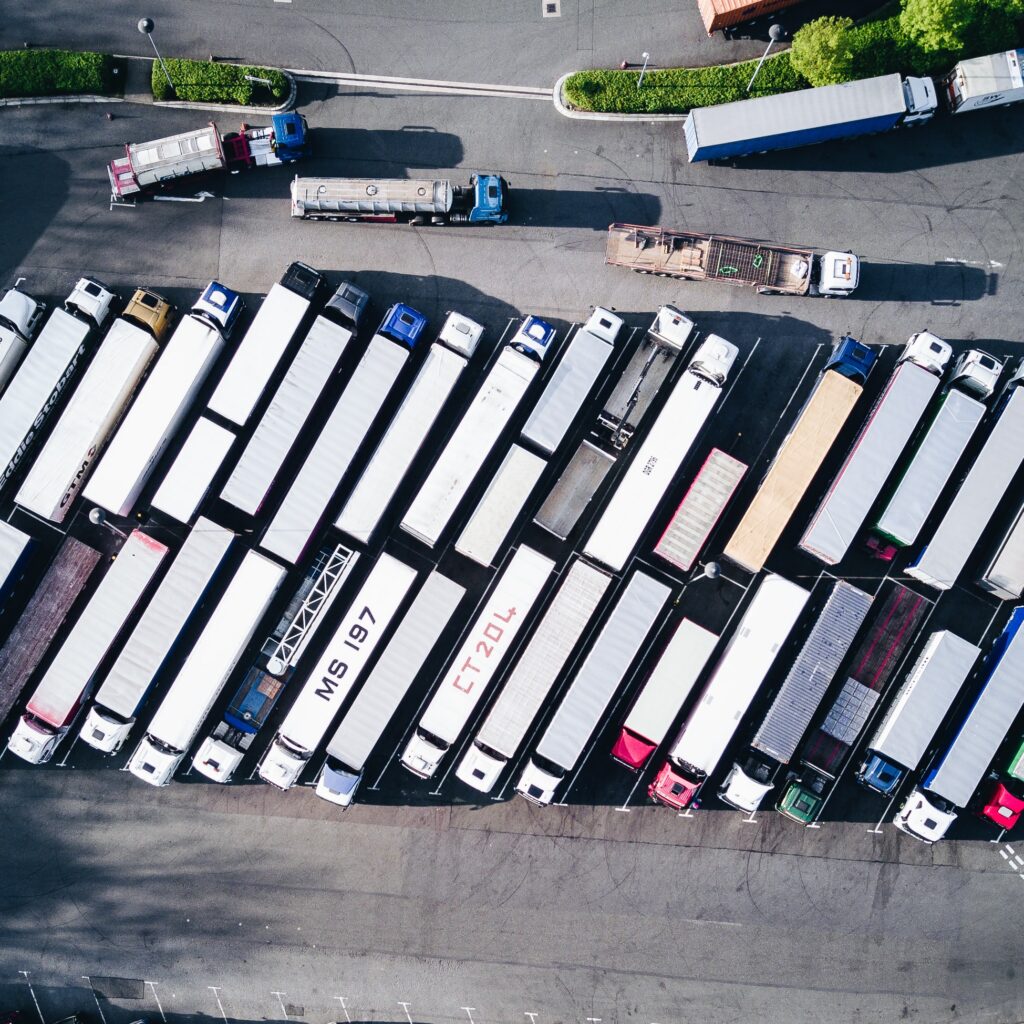Nation’s Top Highway Official Celebrates Opening of 200 New Truck Parking Spaces to Improve Safety Along Interstate 80 in Wyoming
New data visualization tool shows continued growth, importance of freight transportation and the movement of goods in Wyoming and nationwide
The U.S. Department of Transportation’s Federal Highway Administrator Shailen Bhatt today joined federal, state and local officials in Laramie, Wyo., to unveil 200 new truck parking spaces along Interstate 80. These new truck parking spaces will improve safety during winter snow and ice storm operations and facilitate safe and efficient freight movement along one of the busiest Interstates in the U.S. Bhatt also announced a new data visualization tool to simplify access to localized freight data that will help states and local governments plan for the rise in freight transportation and movement of goods nationwide.
“Supply chain issues are critical for our economy. Truck parking shortages make our roads less safe and the movement of goods to market less efficient,” said Federal Highway Administrator Shailen Bhatt. “Today we’re addressing the problem on two fronts – by adding new parking capacity so truckers on I-80 have a safe place to rest and by expanding the data available on freight movement so state and local agencies can be better equipped to understand and plan for truck parking needs.”
“Interstate 80 through Wyoming is such a critical highway for freight movement nationwide,” said Wyoming Department of Transportation Director Darin Westby. “Thanks to the Federal BUILD grant, these interstate upgrades will help improve safety for truck drivers as they drive to and through the state to deliver the goods and supplies that communities depend on.”
The U.S. Department of Transportation provided $27.7 million toward this project, including a $20 million grant from the Better Utilizing Investments to Leverage Development (BUILD) grant program (now known as the Rebuilding American Infrastructure with Sustainability and Equity (RAISE) grant program).
In Wyoming, the I-80 Winter Freight Improvement Project includes construction of approximately 5.5 miles of passing lanes and two truck parking areas on I-80 between Laramie and Rawlins in southeastern Wyoming, providing one hundred truck parking spaces on each end of the project. The parking areas include Intelligent Transportation Systems improvements and will help improve safety and freight movement particularly during winter snow and ice storm operations, which historically have caused long backups and serious collisions. The improvements will provide a safe area for trucks to park while allowing space for snow removal to occur along the interstate to allow operations to resume following winter snow and ice events.
By 2050, Wyoming will see freight carried by trucks increase by about 80 percent in value to $58 billion and a 63 percent increase in weight to 69 million tons. Likewise, freight movement at the national level is on the rise with the dollar value of total trade expected to reach more than $20 trillion in the United States in 2023, with trucks representing the dominant transportation mode at 72 percent. Between 2023 and 2050, the U.S. will see freight activity grow by about 78 percent in value to 36 trillion dollars, and trucks will continue to be the single most-used mode for transporting freight.
With the transport of goods by truck on the increase, the single most-used mode of freight transport in the nation, the newly launched the Freight Analysis Framework (FAF) Data Visualization Tool makes it easier to view and work with a variety of private sector freight data at national, state and local levels to understand these growth trends.
The FAF tool combines data in a variety of ways, including by dollar value, tonnage, mileage, commodity, and mode of transport–reflecting goods movement by truck, rail, air, water or pipeline. It contains historical data on freight flows back to 1997 and projections through 2050 using high- or low-freight demand scenarios. The information can be displayed as interstate or intrastate trade flows and from the state level to metro areas. Illuminating these complex freight flow patterns will enable productive dialogue among freight data users and decision makers.
Administrator Bhatt emphasized that the new tool will help aspiring grant applicants strengthen their proposals for Bipartisan Infrastructure Law (BIL) funding by filling the gap for small cities and towns and rural communities and Tribal governments that may not have experienced data experts on staff. By applying results from this tool to better understand goods movement, these non-traditional applicants can improve their planning, project prioritization, and federal funding applications to make the case for project funding.
Category: Driver Stuff, Featured, General Update, News, Safety, Transit News, Vehicles











